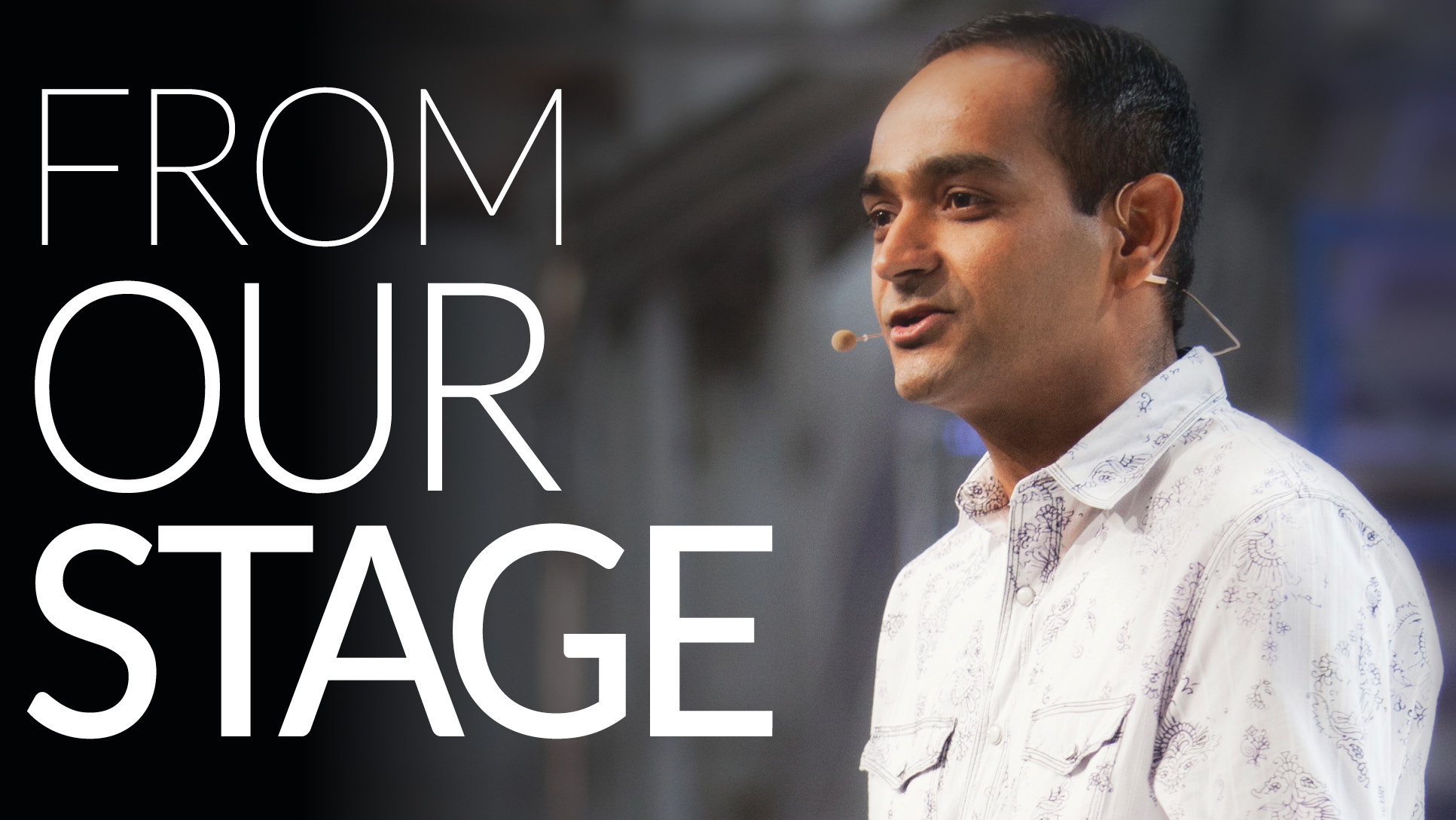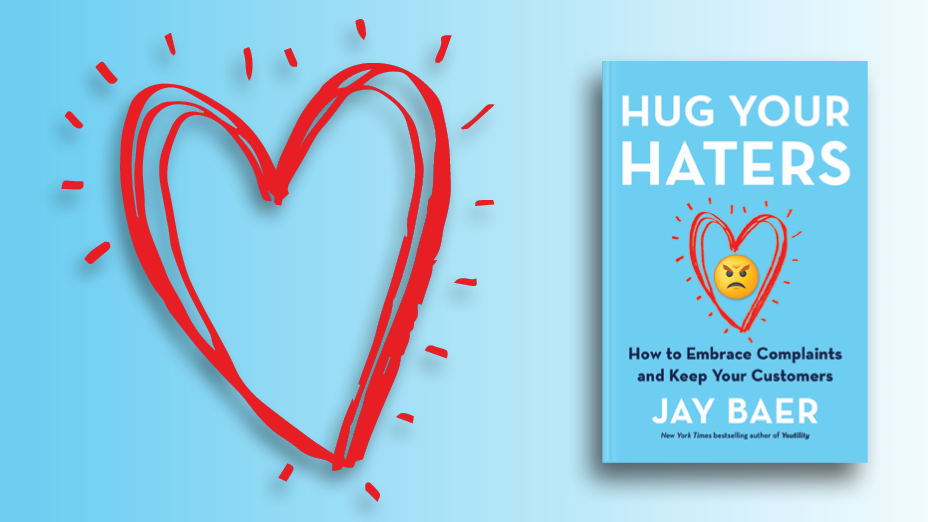In our MBA-saturated culture, strategy-based thinking tends to overshadow design- and idea-based thinking. Wary of the big idea, investors would rather bet on the big strategy, no matter how unoriginal it is. We’ve seen companies spend hundreds of thousands of dollars on strategic reports from big consultancies like Bain or McKinsey, only to balk when the same experts advise investing fifty grand on new product outside their comfort range. But a poor strategy well executed is always better than a great strategy poorly executed. After all, consumers don’t see the strategy; they see the execution.
"If you can’t measure it, you can’t manage it." - @EricRyan
What consumers see, feel, taste, and experience is what they remember. And this is the result of what we do, what we execute, not the strategy behind it. For example, Virgin America’s strategy is probably no different from that of Alaska Airlines; the difference is the creative execution of the brand and in flight experience—and what a huge difference. After all, consumers don’t buy PowerPoint documents. They buy the product, the result of all the design decisions that have gone into it. Imagine a wife yelling to her husband during the commercials, “Honey, quick get in here! There’s a great strategy on TV!” Don’t get us wrong, we’re definitely guilty of occasionally dropping a simple thought into the middle of a triangle on a PowerPoint slide and calling it “strategic thinking,” but there’s a limit.
The good news is that we live in the design age. But we also live in the age of information and accountability. Today, no business decision gets made without in-depth analytical data and clear proof points about its impact on the bottom line. The new corporate mantra is “If you can’t measure it, you can’t manage it.” It’s hard to assess the emotional impact of design on the success of a business, but we believe design drives return on investment, making it one of the few tools that create a tangible statement for your brand or business with every dollar you spend. A common thread in any company that successfully uses design as a competitive advantage is the unwavering belief that design makes good business sense.
Over the years, there has been some compelling data that we may be guilty of overusing to justify design expenditures. The London School of Economics found that on average, every $1 spent on design yielded a $3 ROI, and packaging design guru Rob Wallace has preached that on average, every dollar invested in package design generates over $400 of incremental profit within CPG companies. Whichever number you believe, our proof is empirical; Method has vaulted to leadership status in one of the biggest industries on the planet by investing in design—and we’ve done it profitably.
"Consumers don’t see the strategy; they see the execution." - @EricRyan
Understanding ROI from design is challenging because great design has an emotional impact on consumers that is inherently hard to measure. Great design is also about great consumer experiences through every touch point, so pulling apart different aspects of a design for testing is inherently flawed. For years, we debated the role of design, and often some among us would argue that design is not needed everywhere. For example, team members understood the value of design on a hand wash that assumes a decorative role on the sink, but less so its value on a toilet bowl cleaner, which will probably get shoved in a cabinet no matter how beautiful the bottle. Our argument is that if we are going to be design driven, we need to take every opportunity to elevate design for a higher experience for the consumer. If you break that promise in any one spot, the entire design experience of your brand falls apart. Great design is in the details.





.png)




What Did You Think?